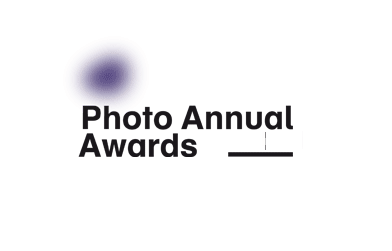Winners 2012 > Oceans Series > 2nd - JT Blatty
|
Aviary 1 |
Aviary 2 |
Euthanized & Dead on Arrival |
|
Freedom |
Medical Bay #1a |
Micro-Baby |
|
Release |
Spook |
Syringe Feeding |
|
Wash |
Remember Date! ___ May 30, 2015
Opening Ceremony&Wall Gallery
Teplice Spa
Opening Ceremony&Wall Gallery
Teplice Spa
| Vítězové minulých ročníků: | Obrazová galerie z vyhlašování: |
| ročník 2011 | ročník 2011 |
| ročník 2012 | ročník 2012 |
| ročník 2013 | ročník 2013 |
| ročník 2014 | ročník 2014 |
| ročník 2015 | ročník 2015 |
mediální partneři
| |
|
